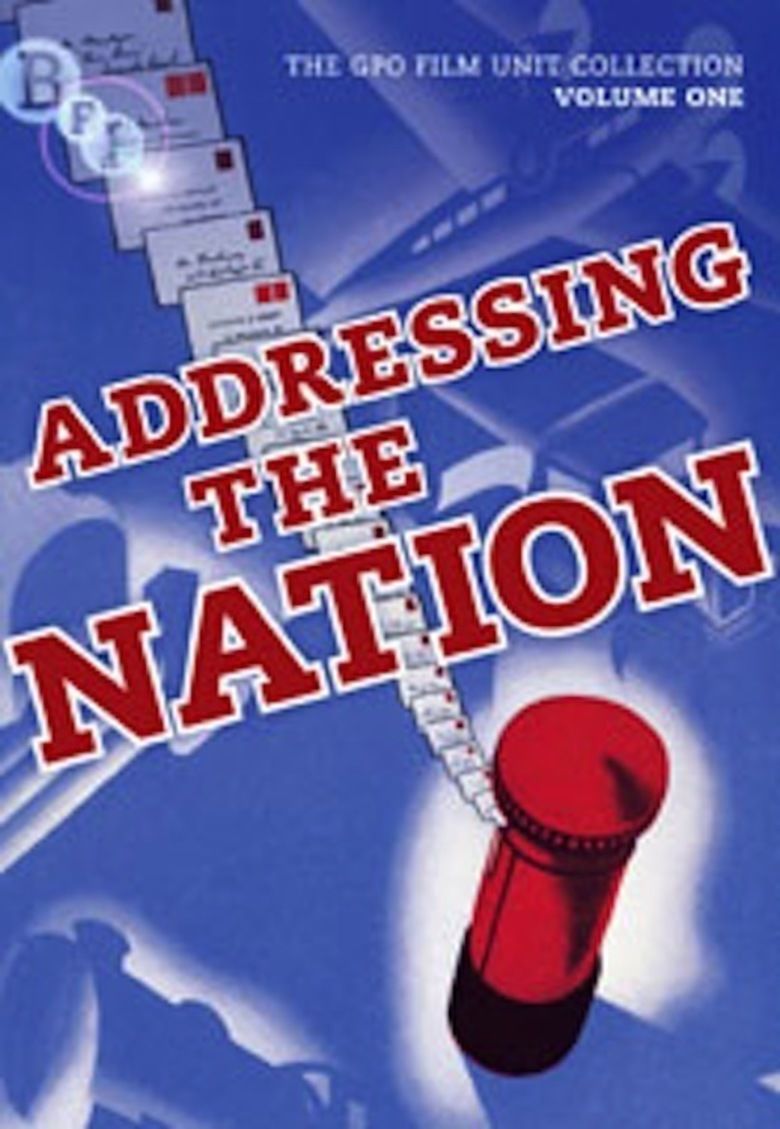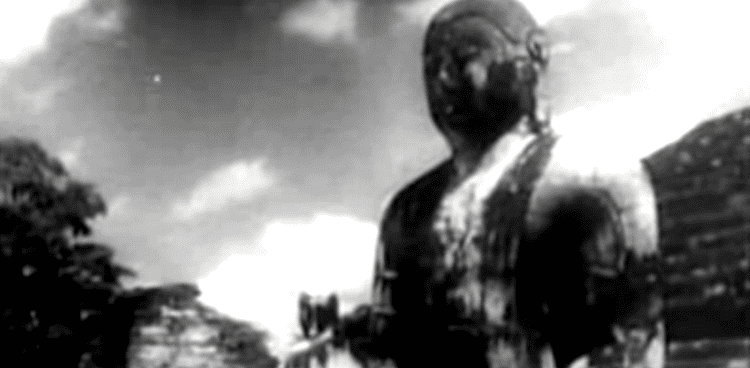The Song of Ceylon
6.6 /10 1 Votes
Language English | 6.4/10 IMDb Genre Short, Documentary Story by Robert Knox Duration Country United Kingdom | |||||||||||||||||||||||||||||||||
 | ||||||||||||||||||||||||||||||||||
Writer Robert Knox (commentary) Release date 1934 (1934) Similar movies Basil Wright directed The Song of Ceylon and Night Mail | ||||||||||||||||||||||||||||||||||
The Song of Ceylon is a 1934 British documentary film directed by Basil Wright and produced by John Grierson for the Ceylon Tea Propaganda Board.
Contents

The film was shot on location in Ceylon (Sri Lanka) at the start of 1934 and completed at the GPO film studios in Blackheath, London.
Digitized versions of the film are available to watch online on YouTube and via the Colonial Film: Moving Images of the British Empire website. See the links below. The YouTube version is low quality in comparison to the version on the Colonial Film site. A DVD version of the film is available from the British Film Institute as part of their award-winning GPO DVD series.
Plot summary
Ambitious documentary chronicling the cultural life and religious customs of the Sinhalese and the effects of advanced industrialism on such customs.
The first part of the film depicts the religious life of the Sinhalese, interlinking the Buddhist rituals with the natural beauty of Ceylon. Opening with a series of pans over palm leaves, we then gradually see people journey to Adam's Peak, a center of Buddhist pilgrimage for over two hundred years. This is continually inter-cut with images of surrounding natural beauty and a series of pans of a Buddhist statue.
Part two focuses on the working life of the Sinhalese, again continually stressing their intimate connection to the surrounding environment. We see people engaging in pottery, woodcarving and the building of houses, whilst children play.
The third part of the film introduces the arrival of modern communications systems into the fabric of this 'natural' lifestyle, heralded by experimental sounds and shots of industrial working practices.
Finally, in the last part of the film, we return to the religious life of the Sinhalese, where people dress extravagantly to perform a ritual dance. The film ends as it began, panning over palm trees.
Cast
Critical response
Writing for The Spectator in 1935, Graham Greene described the film as "an example to all directors of perfect construction and the perfect application of montage", and noted that it "moves with the air of absolute certainty in its object and assurance in its method".
References
The Song of Ceylon WikipediaThe Song of Ceylon IMDb The Song of Ceylon themoviedb.org
